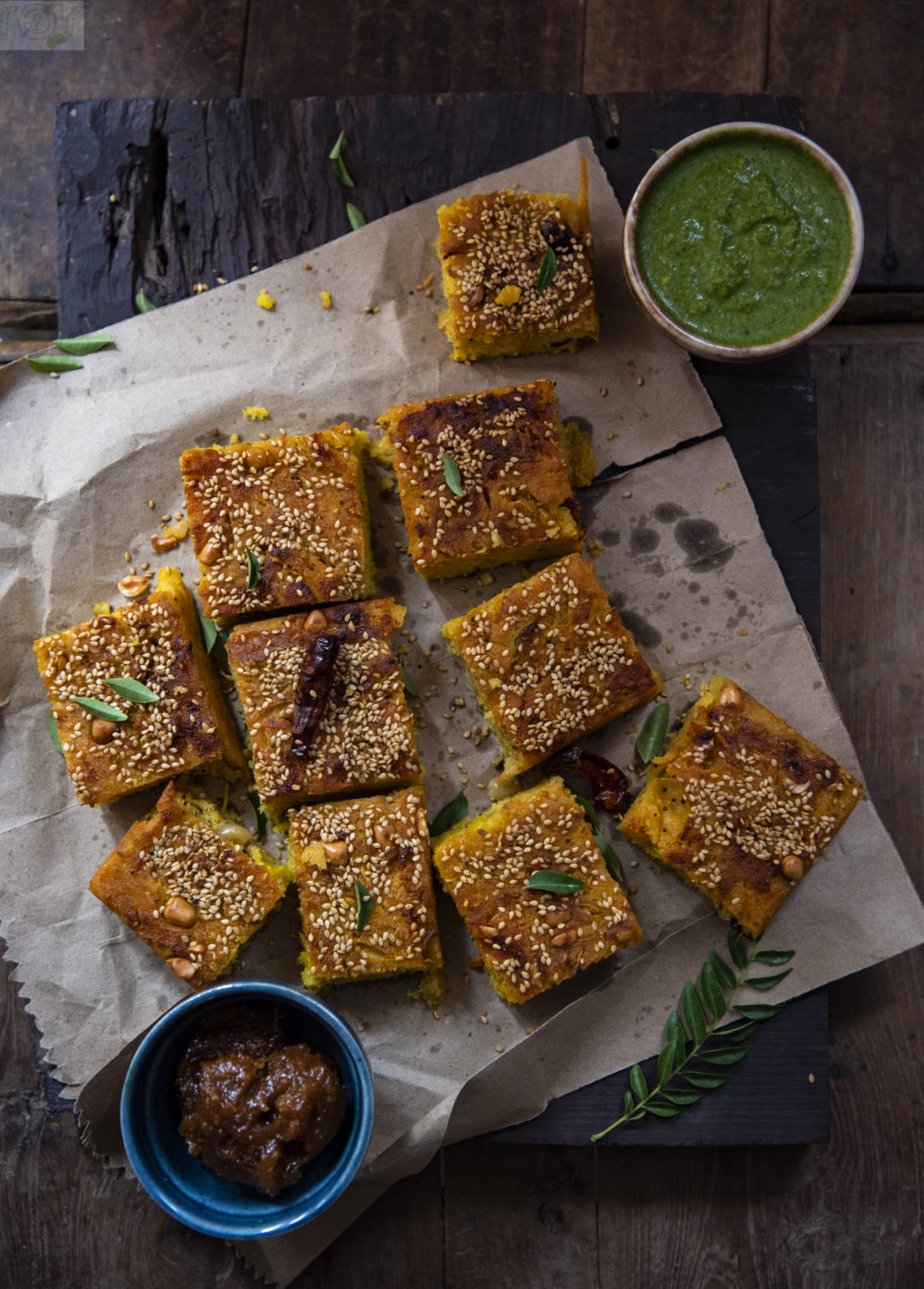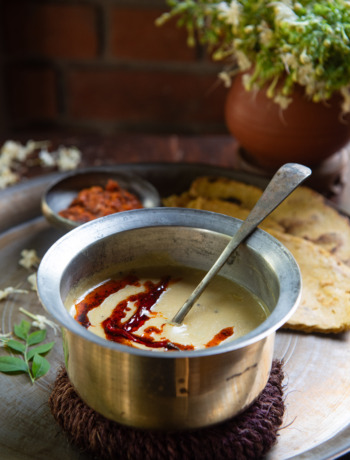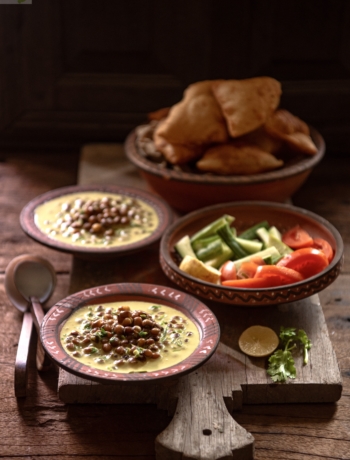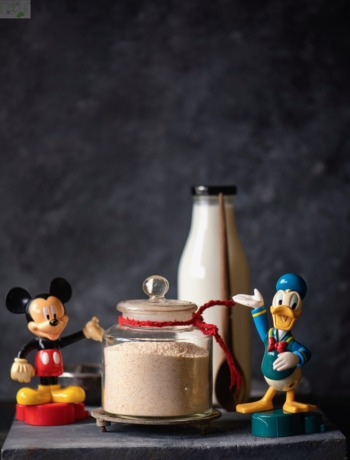Kodri was the word I would here my mum speak while talking about foods of her region. My mother hailed from the very scenic Rajpipla, a town from the tribal belt of Gujarat. The more I explore about the regional Gujarati cuisines and the more I learn about the amazingly rich food diversity of our state. During a recent trip to the interior tribal region I saw people their still eating Kodri and dal as a meal. Yes the changing times are rapidly changing our food choices, our kitchens are cooking homogeneous foods. Pasta, Pizza and street foods galore not just in restaurants and streets but also on our home menus.
But some 3 -4 decades back we ate lot of diverse grains that included Kaang, Kodri, Nagli, Bunty, Bavto apart from Jowar and Bajra. All of these grains are millets or cereal grains as they are known to be. While the latter two still find their presence on our plates the rest have long been forgotten. This exercise of documenting traditional and vanishing foods of Gujarat makes me talk to elders to understand what they ate while growign up and durign their younger days. Mention of Kodri or Kodo as it is called and my father shares how it was the rice of the past, meaning kodri was the millet eaten with dal. It was only after green revolution that the emphasis on cultivating rice and wheat increased and all these coarse cereal grains lost their charm. Rice and wheat were also indicators of economic success. The rich and affluent ate rice hence, rest of the starta of the society also aspired to eat rice. . Infact, rice was considered to be precious making it a grain served during weddings and celebrations. It wouldn’t be an false claim if I mention that food shaming, to an extent also played a role in such grains loosing their prevalence on the food plate. Gradually, the humble grains like kodri and likes have lost charm with the urban settlers.
In the effort to go back to the foods that have nourished our previous generations I keep exploring ways to include them in our mainstrema diet. Kodo is much eaten grain in southern Indian cuisine. Idli, Adai, Paysam, Upma, Khichdi etc. are widely made using Kodri.
I little google gyaan on the nutritive value of Kodo millet :
- Regular consumption of kodo millet is very beneficial for postmenopausal women suffering from signs of cardiovascular disease, like high blood pressure and high cholesterol levels.
- Kodo Millet helps hydrate your colon to keep your system regular and keep you from being constipated.
- Kodo Millet helps in controlling Blood sugar and Cholesterol.
- It is easy to digest, contains a high amount of lecithin and is excellent for strengthening the nervous system.
- It is rich in photo chemicals, phytate that helps in reduction of cancer risks.
- It helps to reduce the body weight and beneficial for postmenopausal women.
- It is good for those suffering from signs of cardiovascular disease, like high blood pressure and high cholesterol levels.
- Also, it is good for diabetics, its anti – diabetic compounds like quercetin, ferulic acid, p – hydroxybenzoic acid, vanillic acid and syringic acid from Kodo prevents obesity.
- Kodo millets contain no gluten and are good for people who are gluten intolerant.
- Kodo millets can be used for traditional as well as novel foods.
- Unprocessed or processed grain can be cooked whole or decorticated and if necessary ground to flour by traditional or industrial methods.
- In tribal sectors, it is cooked as rice also and out of flour tribal population prepares different recipes.
- Traditionally the grains of Paspalum scrobiculatum are used in the management of diabetes mellitus.
- Grains are also useful in the treatment of inflammation, hemorrhages and general debility.
The above information of the benefits of Kodo millet are from the website healthbenefits.com
The handva I feature here has Kodo millet. I have replaced rice with Kodo in the Handvo flour I make at home. The recipe could be found here
There are numerous ways to include such grains in our everyday diet. Hope this information helps us all make that shift.
❤️






No Comments